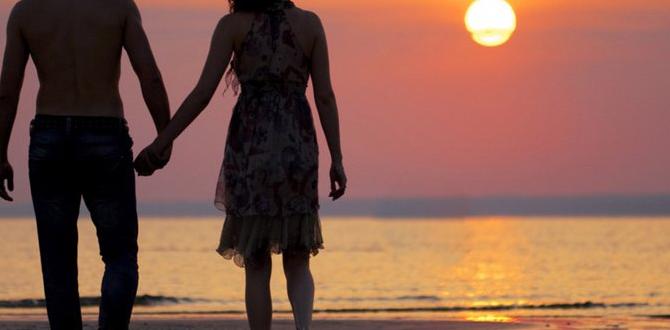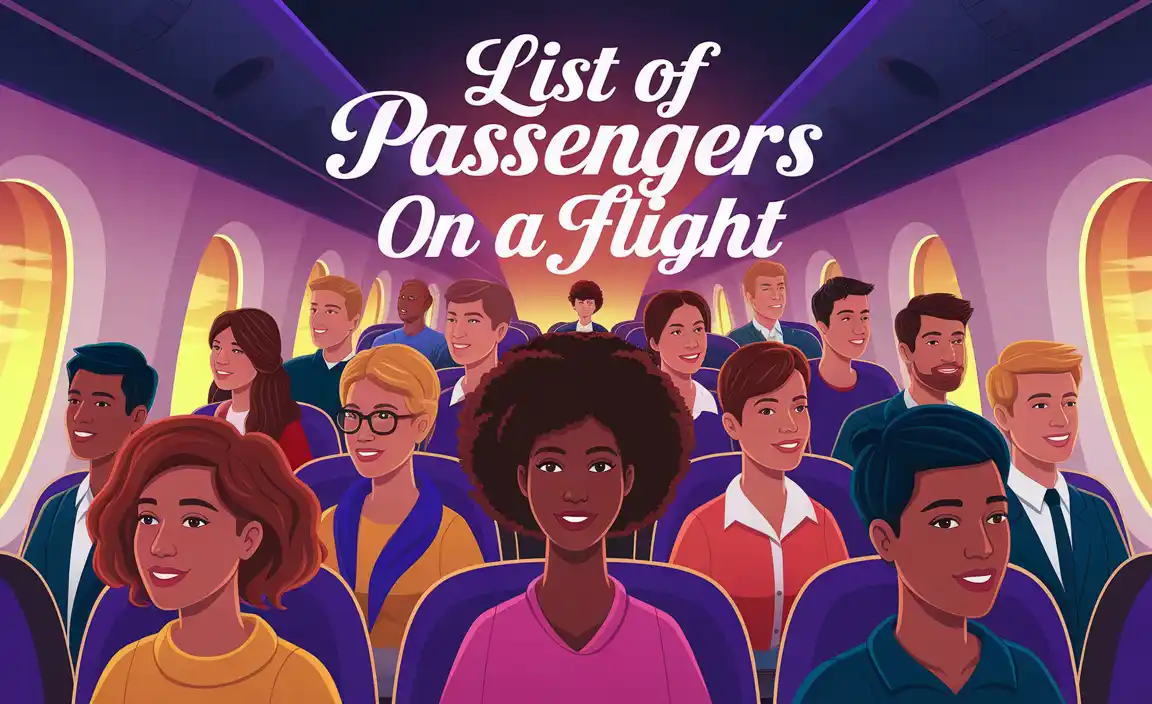Bhutan Best Time to Visit With Fewer Crowds: Experience the magic of the Land of the Thunder Dragon without the bustling tourist throngs. Discover the sweet spots for peaceful exploration and authentic encounters.
Bhutan, the enchanting Kingdom nestled in the Himalayas, offers a travel experience like no other. Known for its Gross National Happiness, serene landscapes, and rich culture, it’s a dream destination for many. However, knowing when to visit can make all the difference, especially if you’re hoping for a more serene and authentic journey. Planning your trip during the shoulder seasons or less popular months can lead to fewer crowds, more intimate experiences, and often, better value. This guide will help you pinpoint the perfect time to visit Bhutan, ensuring you soak in its magic without the hustle and bustle.
Why Visiting Bhutan With Fewer Crowds Matters
Bhutan has a unique tourism policy. To preserve its culture and environment, it has a “high value, low impact” tourism approach. This means daily tourist fees are in place, which helps manage visitor numbers. While this policy ensures a quality experience, there are still times when certain areas can feel more populated. Visiting outside the peak seasons allows you to connect more deeply with the culture, enjoy the stunning natural beauty at a leisurely pace, and have more personal interactions with the friendly Bhutanese people. It’s about experiencing the tranquility that truly defines this special kingdom.
Understanding Bhutan’s Climate: A Seasonal Overview
Bhutan experiences four distinct seasons, each with its own charm and visitor appeal. Understanding these will help you choose the best time to visit Bhutan with fewer crowds.
Spring (March to May)
Spring in Bhutan is a time of vibrant renewal. The landscapes come alive with blooming flowers, especially rhododendrons. The weather is generally pleasant, with milder temperatures perfect for trekking and sightseeing.
Pros: Lovely weather, beautiful floral displays, ideal for outdoor activities.
Cons: This is a popular season, so crowds can be higher, especially in April and May. Prices for flights and accommodations might be a bit higher.
Summer (June to August)
Summer is the monsoon season in Bhutan. Expect rain, particularly in the southern plains, which can affect travel plans and visibility. However, the rain also brings lush green landscapes and fewer tourists.
Pros: Significantly fewer crowds, lower prices, very green and fresh scenery.
Cons: Frequent rainfall can disrupt travel and outdoor activities. Some higher passes might be affected by landslides.
Autumn (September to November)
Autumn is widely considered the peak tourist season in Bhutan due to its stunning clear skies, comfortable temperatures, and vibrant festivals. The clear views of the Himalayas are a major draw.
Pros: Excellent weather, breathtaking mountain views, numerous cultural festivals (Tshechus).
Cons: This is the busiest time of year. Expect more tourists and potentially higher costs.
Winter (December to February)
Winter offers a completely different, yet equally magical, experience in Bhutan. The air is crisp and cold, especially at higher altitudes. While snow can fall in the mountains, the lower valleys remain accessible and often sunny during the day.
Pros: Very few tourists, lowest (or near lowest) prices, clear, crisp air, unique stark beauty, opportunities to witness winter festivals.
Cons: It can be very cold, especially in the mornings and evenings. Some higher altitude treks may be closed or difficult.
The Best Times to Visit Bhutan for Fewer Crowds
To truly experience Bhutan with fewer crowds, focus on the periods just before and after the peak seasons, or during the quieter winter months.
The Sweet Spot: Late Winter & Early Spring (February to March)
If you’re looking for the Bhutan best time to visit without crowds, consider late February and March. The winter chill begins to recede, but the full influx of spring tourists hasn’t yet arrived.
Why it’s great: The weather is still cool and crisp, offering clear skies for stunning views. The landscapes are beginning to awaken from winter, with early blossoms appearing. You’ll find more opportunities for authentic experiences and quieter exploration of popular sites like Paro Taktsang (Tiger’s Nest Monastery).
What to expect: While still cool, daytime temperatures are becoming more comfortable for sightseeing. You’ll encounter significantly fewer fellow travelers compared to the autumn peak. This is a fantastic time to immerse yourself in the local culture without feeling rushed.
Embracing the Summer Rains: June to August
This period coincides with Bhutan’s monsoon season. While not ideal for extensive trekking in high altitudes, it offers a unique perspective and a tranquil atmosphere.
Why it’s great: This is arguably the time for fewer crowds. The rain keeps most tourists away, meaning you’ll have popular attractions almost to yourself. The heavy rains make the valleys incredibly verdant and lush. It’s also a good time for lower-altitude hikes and experiencing Bhutanese life at a more relaxed pace.
What to expect: Expect daily rainfall, though it’s often in the form of passing showers rather than continuous downpours. Pack waterproof gear! Road conditions can sometimes be affected, but major routes are generally maintained. The humidity is higher during these months.
Post-Monsoon Calm: September to October (Early September)
While autumn is a peak time, visiting right at the beginning of September, just as the monsoon begins to wane, can offer a good balance.
Why it’s great: The skies start to clear up beautifully, offering incredible mountain vistas. The landscapes are still incredibly green from the summer rains. The major festivals haven’t fully kicked off yet, and the initial rush of autumn travelers is yet to arrive.
What to expect: You get the benefit of clearer weather without the absolute peak numbers. It’s a transition period, so you might get the best of both worlds – good weather with manageable crowds.
Deep Winter Tranquility: December to January
For the ultimate peace and quiet, and often the most budget-friendly option, consider a winter visit.
Why it’s great: This is the absolute low season. You’ll share Bhutan with very few other tourists, allowing for truly intimate cultural immersion. The air is incredibly clear, and the stark, snow-dusted mountains offer a unique and breathtaking beauty. You might witness amazing winter festivals like the Black-Necked Crane Festival in Phobjikha.
What to expect: It’s cold! Temperatures can drop significantly, especially at night. Pack warm clothing. However, daytime temperatures in the valleys can be surprisingly pleasant and sunny. Some higher mountain roads might be closed due to snow, but the main tourist routes are usually accessible.
Comparing Peak vs. Off-Peak Seasons for Bhutan
To help you visualize the difference, here’s a comparison:
| Season | Typical Crowds | Weather Highlights | Key Considerations |
|---|---|---|---|
| Peak: (Autumn: Sep-Nov) (Spring: Mar-May) |
Highest | Clear skies, pleasant temperatures, blooming flowers (Spring), vibrant foliage (Autumn) | Book well in advance, higher prices, popular festivals |
| Shoulder: (Late Feb-Mar) (Early Sep) |
Moderate | Mild & improving weather, start of blooms (Late Feb/Mar), clearing skies (Early Sep) | Good balance of weather and crowds, opportunities for authentic experiences |
| Off-Peak: (Summer: Jun-Aug) (Winter: Dec-Feb) |
Lowest | Lush greenery (Summer), crisp, clear, cold air (Winter), possibility of snow | Rain can be frequent (Summer), very cold (Winter), potential for winter closures, lowest prices |
Activities to Enjoy During Less Crowded Times
When you visit Bhutan during its less crowded periods, you unlock opportunities for more personal and in-depth experiences.
Bhutan’s magic isn’t just in its iconic landmarks; it’s in the moments of quiet reflection and genuine connection. Visiting during the shoulder or off-peak seasons enhances these possibilities.
1. Explore Monasteries & Dzongs at Your Own Pace
Iconic sites like the Paro Taktsang (Tiger’s Nest Monastery), Punakha Dzong, and Tashichho Dzong are breathtaking. During less crowded times, you can wander through their intricate courtyards, quiet chapels, and ancient halls without feeling rushed, allowing for better appreciation of the architecture and spiritual ambiance.
2. Embark on Serene Treks
While very high-altitude treks might be tricky in winter, many lower and mid-altitude trails are perfect for exploration. Imagine hiking through rhododendron forests in early spring or along crisp winter trails with panoramic snowy peaks as your backdrop. Trails like the Bumthang Owl Trek or shorter hikes around Paro and Thimphu become much more peaceful.
3. Immerse Yourself in Local Culture
Fewer tourists mean more authentic interactions. Strike up conversations with locals at markets, enjoy leisurely meals, or perhaps observe a local ceremony without a large group of onlookers. This is your chance to truly feel the rhythm of Bhutanese life.
4. Witness Unique Festivals (with a twist)
While many major festivals (Tshechus) fall in peak season, look for smaller, local festivals or winter events like the unique Black-Necked Crane Festival in Phobjikha (usually held in November, but the early part of the season might have good viewing). Visiting these during off-peak times means a more intimate experience, closer to the heart of the celebration.
5. Photography Opportunities
With fewer people around, iconic viewpoints are yours to capture for extended periods. Imagine photographing the Paro Valley at sunrise or the majestic Punakha Dzong without any photobombers. The crisp winter air often provides incredible clarity for landscape photography.
6. Enjoy the Natural Beauty in Solitude
From the rolling hills and terraced fields to the majestic Himalayas, Bhutan’s natural beauty is astounding. During quieter months, you can find secluded spots to simply sit, breathe, and absorb the serene environment. This is especially true in the lush valleys during the summer or the stark, beautiful landscapes of winter.
Planning Your Trip: Essential Tips for Bhutan
Regardless of when you visit, planning is key to a smooth and enjoyable trip to Bhutan.
Bhutan’s unique tourism policy means planning your trip well in advance is not just recommended, it’s essential. Here are some tips to make your journey stress-free, especially if you’re aiming for fewer crowds.
1. Work with a Licensed Tour Operator
All tourists (except Indian, Bangladeshi, and Maldivian citizens) must book their trip through a licensed Bhutanese tour operator or their international partner. They will handle your visa, arrange your accommodation, guide, transportation, and daily itinerary. You can find a list of licensed operators on the official Tourism Council of Bhutan website.
2. Understand the Bhutanese Nu. for Sustainable Development Fee (SDF)
Bhutan charges a daily Sustainable Development Fee (SDF) for tourists. This fee contributes to the country’s development, healthcare, education, and environmental conservation. While this fee is standard, visit Bhutan without crowds often means potentially leveraging travel packages that might offer better value during off-peak times. Always check the latest SDF rates on the official tourism website.
3. Pack Smart for the Season
Bhutan’s weather can vary significantly. If you’re visiting in the cooler months (winter, early spring), pack warm layers, including thermal wear, a good quality jacket, gloves, and a hat. For summer, lightweight, waterproof clothing is essential. For all seasons, comfortable walking shoes are a must. If you’re traveling with children or need personal comfort items, remember to pack accordingly, perhaps including items like adult diapers or child diapers for added peace of mind during travel and long journeys, ensuring everyone’s comfort.
4. Book Flights and Accommodation Swiftly
Even during off-peak seasons, popular hotels can book up. Since your tour operator will handle bookings, communicate your preferences early. For flights, Drukair and Bhutan Airlines are the main carriers, so book those as far in advance as possible, especially if you’re traveling during early spring or late autumn.
5. Be Prepared for Altitude
Most of Bhutan sits at a high altitude. Take it easy on your first day or two to acclimatize. Stay hydrated, avoid alcohol, and listen to your body. This is crucial for enjoying your trek and sightseeing, regardless of crowds.
6. Embrace Flexibility
While your itinerary is planned, sometimes weather or local events can lead to slight changes. Embrace this flexibility; it’s part of the adventure and often leads to unexpected, wonderful discoveries.
Frequently Asked Questions (FAQs)
What is the absolute cheapest time to visit Bhutan?
The absolute cheapest time to visit Bhutan would generally be during the winter months of December, January, and February. During this period, the demand for tourism is at its lowest, which can lead to lower prices for flights and potentially more favorable packages from tour operators, even with the standard Sustainable Development Fee (SDF).
Is it possible to visit Bhutan solo without a guide?
No, tourists (except for citizens of India, Bangladesh, and Maldives) are required to travel with a licensed Bhutanese tour guide and pre-arranged accommodation and itinerary. You cannot wander independently without this framework. However, you can book a solo trip with a tour operator, ensuring personalized attention.
Are there specific festivals that happen during the less crowded seasons?
While many major festivals (Tshechus) fall in spring and autumn, the winter months can host unique events. The Black-Necked Crane Festival in Phobjikha (typically November) is a highlight. Other local festivals might occur throughout the year. Your tour operator can advise on any specific events during your chosen off-peak dates.
What should I pack if I visit Bhutan in the summer (monsoon) season?
For Bhutan’s summer monsoon season (June-August), pack lightweight, quick-drying clothing. Essential items include a good quality waterproof jacket and trousers, waterproof hiking boots or shoes, and an umbrella. You’ll also want insect repellent. While it rains, days can still be warm and humid, so breathable fabrics are key.
How does the Bhutan best time to visit without crowds affect the experience of meeting locals?
Visiting during less crowded times often enhances your ability to connect with locals. With fewer tourists around, you’ll find more opportunities for genuine, unhurried interactions in markets, villages, and even when visiting monasteries. Local people are generally more accessible and welcoming when the tourist presence is minimal.
Is it difficult to trek in Bhutan during the winter months?
Trekking in winter (December-February) can be challenging but rewarding. Higher altitude treks might be closed due to snow or extreme cold. However, many lower and mid-altitude treks are still accessible and offer stunning winter landscapes. You’ll need very warm gear, and flexibility is key as conditions can change. Always consult with your tour operator about accessible trails.
Conclusion
Bhutan is a kingdom that rewards thoughtful planning, and timing your visit can unlock its most authentic and serene experiences. By choosing to explore the Land of the Thunder Dragon during its quieter months – the crisp late winter (February-March), the lush yet less-trafficked summer (June-August), or the tranquil deep winter (December-January) – you can bypass the peak season crowds. This allows for a more intimate connection with its vibrant culture, breathtaking landscapes, and the profound philosophy of Gross National Happiness. Whether you’re a solo adventurer seeking peace, a family looking for meaningful experiences, or simply someone who appreciates tranquility, Bhutan offers a unique sanctuary. Work closely with your licensed tour operator for the best advice, pack wisely for the climate, and prepare to be enchanted by a journey that feels truly your own, away from the beaten path.






